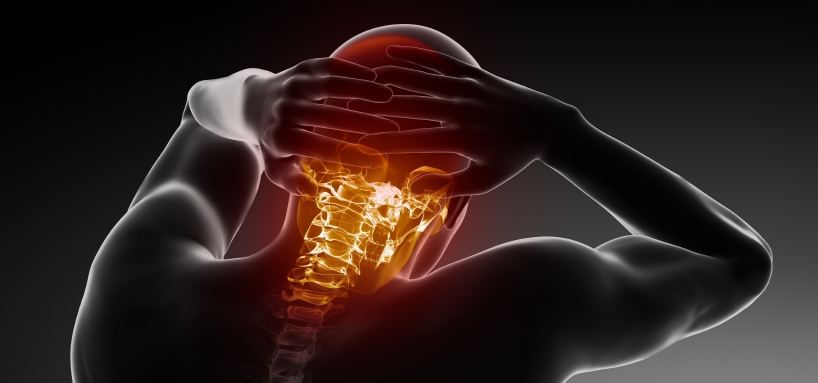When individuals experience pain whether from injury, surgery, infection or other reasons, the pain is often temporary and will subside with time and as the injury or source of pain heals. This type of pain has a shorter duration and is considered acute pain.However, many patients suffer from chronic pain which is pain that typically lasts for more than 6 months and often lasts for years. Chronic pain differs from acute pain in that it occurs independently of, and in addition to – the pain of the original health condition. Chronic pain is not simply a long-lasting version of acute pain. This pain may ache, burn, feel sharp or dull, and can occur in nearly any part of the body, limiting mobility and reducing flexibility, endurance and strength. The pain may also come and go for no apparent reason.
Some common types of chronic pain include:
- headache
- post-surgical pain
- post-trauma pain
- lower back pain
- cancer pain
- arthritis pain
- neurogenic pain (nerve damage)
- psychogenic pain (pain that isn’t caused by disease, injury, or nerve damage)
So where does this independent, additional chronic pain come from?
Pain is a function of the nervous system. As our bodies become injured or infected the nerves send a signal to the brain which in turn registers those signals as pain. While these signals are being sent to the brain, the entire nervous system sets off alarms in our body which tense our muscles, and make us emotional and guarded. This type of nervous system response is necessary when dealing with acute pain so we know to seek help.
With chronic pain, the body will persistently send pain signals to the brain, even after an injury has healed. This continual reactive nervous system cycle creates a state of central sensitization. According to the Journal of the American Medical Association this central sensitization creates widespread, intense pain and may often lead to emotional and psychological problems such as anxiety and depression.
In some healthcare industries chronic pain is often considered a symptom of some underlying condition stemming from an unhealed injury or illness and is treated as such. Attempts to reduce pain with surgeries, injections, medical procedures and pain medications may prove temporarily effective but the pain ultimately returns.
Studies have shown that Ketamine infusions provide long-term relief of chronic pain by both altering the activity of neurons in the brain; and resetting the central nervous system’s sensitization to pain. Ketamine inhibits or blocks the neuronal uptake of various neurotransmitters, including dopamine, serotonin and glutamate.
Additionally, Ketamine infusions stimulate activity in the brain’s limbic system, a region involved in integrating various brain activities, including those associated with memory, sensory experience, motivation and emotion. For more information on Ketamine infusion therapy for your or a loved one’s chronic pain, contact Dr. Newman and Virginia Ketamine Therapy at 757-258-2561.







